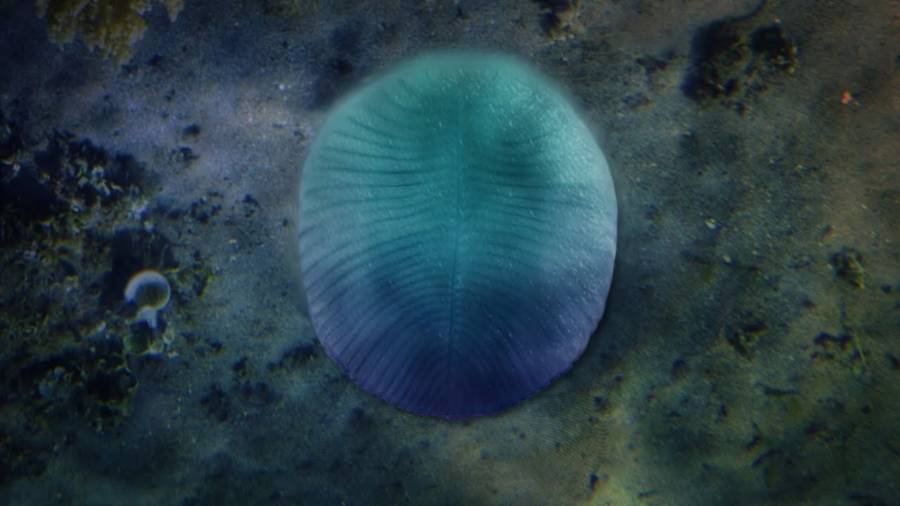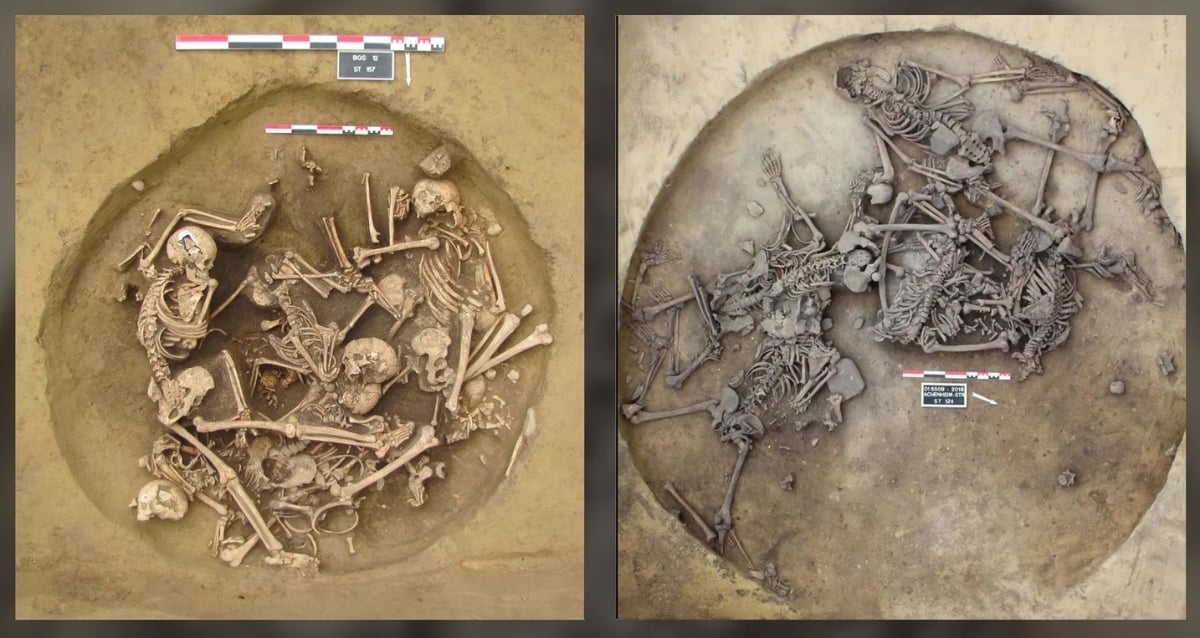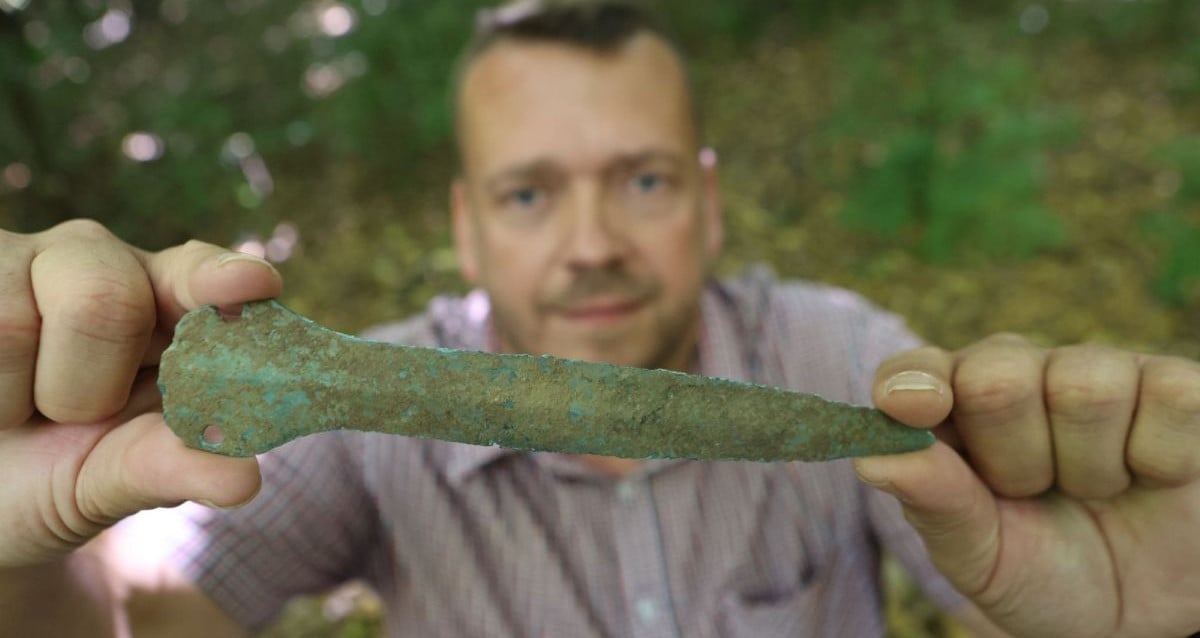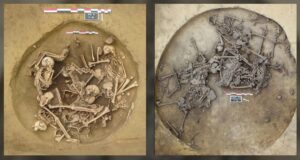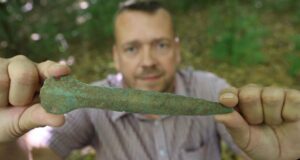Hidden for Half a Billion Years: The Fossil That Could Rewrite the Origin of Animal Life
The study, published in Science, discovered molecules of fat in the ancient Dickinsonia fossil which confirmed that it was in fact an animal.
“Scientists have been fighting for more than 75 years over what Dickinsonia and other bizarre fossils of the Ediacaran Biota were: giant single-celled amoeba, lichen, failed experiments of evolution or the earliest animals on earth,” Jochen Brocks, a professor at Australian National University and one of the study’s authors, said in the statement.
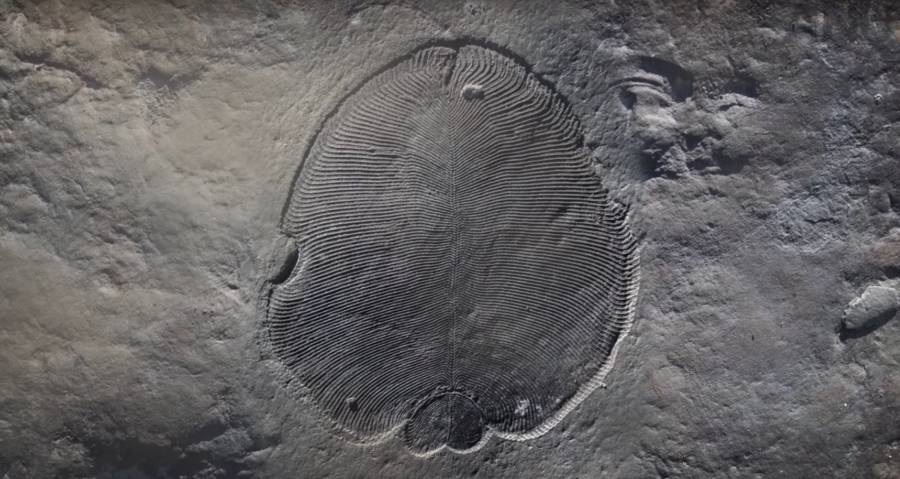
YouTubeDickinsonia fossil.
Dickinsonia were a part of the Ediacaran Biota which lived on Earth 20 million years before the start of modern animal life in the time known as the Cambrian explosion. It had been previously thought that animal life began in the Cambrian explosion and not earlier as these findings suggest.
The Ediacarans are among the earliest examples of complex organisms on Earth. There has been much debate among scientists over whether or not these organisms could be considered animals.
“The fossil fat molecules that we’ve found prove that animals were large and abundant millions of years earlier than we previously thought,” Brocks said.
The strange creature Dickinsonia was oval-shaped with rib-like segments throughout its body. It could reach lengths of up to 1.4 meters long, according to a statement from the Australian National University.
The team speculated that if they could extract molecules from inside the fossil rather than outside the fossil, then they would be able to determine the composition of the creature that made the fossil.
